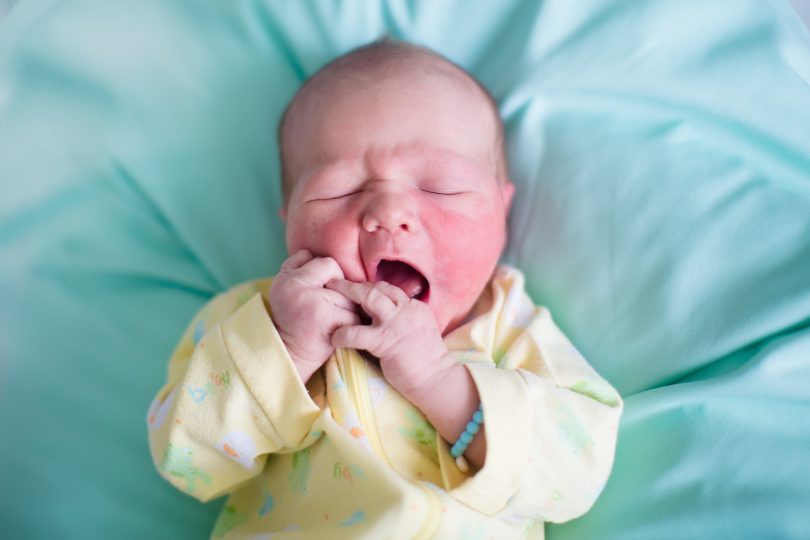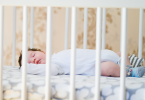What are SIDS and SUIDS?
Sudden Infant Death Syndrome (SIDS) is the sudden and unexpected death of a healthy baby less than 1-year-old. It usually occurs while the baby is sleeping and is sometimes known as crib death. As the name states, SIDS happens suddenly without warning, symptoms or cause.
“The experts in infant mortality say most cases are not truly SIDS, but SUIDS (Sudden Unexpected Infant Death Syndrome),” says Renée McCabe, with Safe Kids Greater Augusta. “When a thorough investigation is performed, many deaths do have a cause and are attributed to unsafe sleep practices.”
When can SIDS and SUIDS occur?
The highest risk for SIDS & SUIDS is in babies between 1 and 4 months. Ninety percent of cases occur in babies under the age of 6 months. After the baby turns one, SIDS and SUIDs are, by definition, no longer possible. Even though there is not a high chance of SIDS or SUIDS occurring in babies between 6 months and 1 year old, it does still happen.
Causes
The cause of SIDS is unknown, though research has shown that there are certain factors which make a baby more vulnerable to SUIDS:
- Low birth weight
- Brain defects
- Respiratory infection
- Sleeping on the stomach or side
- Sleeping on a soft surface
- Sharing a bed or cosleeping
- Overheating
Maternal factors
There are also some maternal risk factors which happen during pregnancy. The chances of SIDS increase if the mother:
- Is under 20 years old
- Smokes cigarettes
- Drinks alcohol
- Uses drugs
- Has had inadequate prenatal care
Steps to prevention
The best method for SIDS and SUIDs prevention is to start with sleep safety. Parents are encouraged to take the following steps to reduce their child’s risk of SIDS and SUIDS:
- Put your baby to sleep on their back
- Keep the crib empty
- Don’t overheat your baby
- Have your baby’s crib or bassinet in your room
- Breastfeed, if possible
- Immunize your baby
- Put your baby to sleep with a pacifier
- Cover the mattress with a fitted sheet and nothing else
“The latest recommendations from the AAP state that it is best to put the infant to sleep in a sleep sack and not to use a blanket, as it presents a risk of suffocation or strangulation,” McCabe says. “It is optimal for parents to room share for the first year or at least 6 months (have the baby in a bassinet in the same room) but never co-sleeping, in the same bed.”




